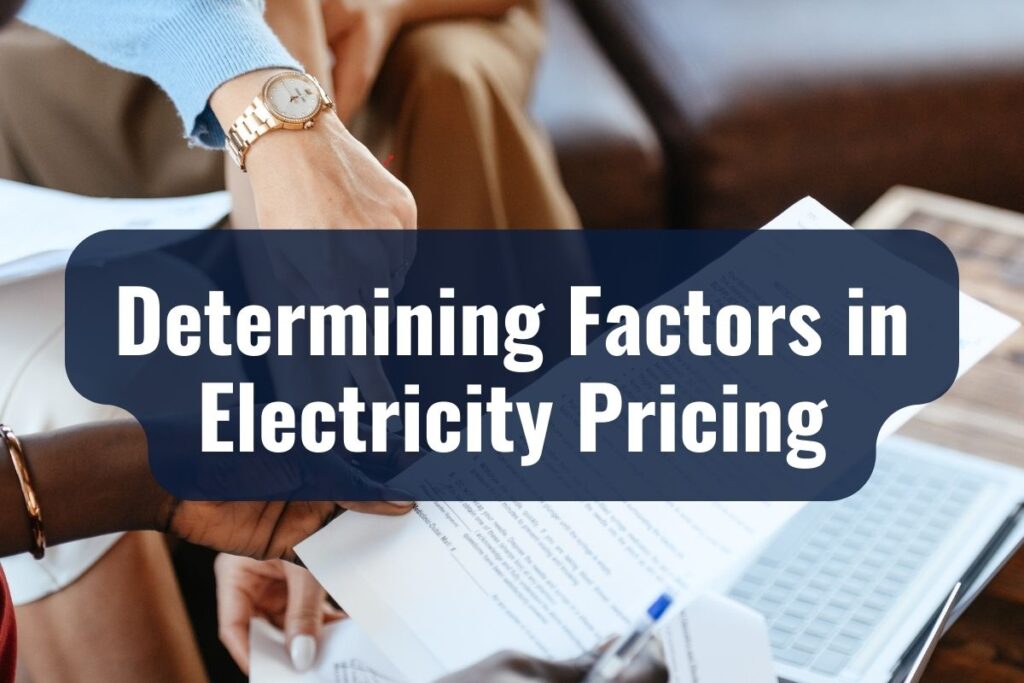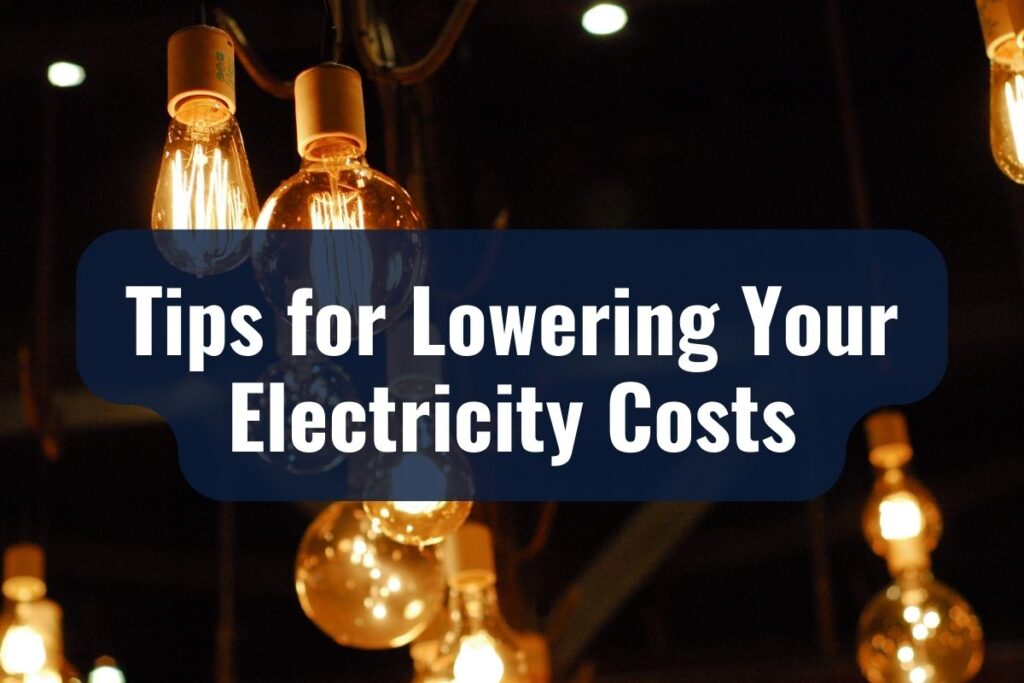Understanding the intricacies of the Dutch electricity landscape is paramount. The land of tulips and canals offers a unique blend of tradition and innovation in its energy sector. However, for those who don’t speak Dutch, navigating this landscape can be akin to finding your way through one of its historic mazes.
This article aims to shed light on electricity prices in the Netherlands.
Key Takeaways
- Price Cap: Due to soaring energy prices, the Dutch government has set a price cap on electricity (€0.40 per kWh) and gas (€1.45 per m3).
- Limits: For 2023, the limits are 2,900 kWh for electricity and 1,200 m3 for gas. Monthly consumption is gauged by examining usage before and after the annual bill.
- Who It Applies To: The cap is relevant for all residential and business locations, including SMEs. However, SMEs might benefit less due to higher consumption.
- Duration: The cap is effective from January 1, 2023, to the end of the year.
- Monthly Bills: If aligned with the cap, the estimated monthly energy bill for 2023 is €248.66.
- Fixed Price Contracts: The cap benefits those with contract rates above the cap. No advantage if rates are below.
- Special Cases: Consideration of a price ceiling for district heating users. Heat pump users might face higher bills due to increased VAT.
- Contract Changes: It’s advisable to compare energy prices, especially if consumption exceeds limits. Ensure understanding of new contract terms.
Determining Factors in Electricity Pricing

When settling into the Netherlands, or any country for that matter, one of the very tangible experiences is receiving that first electricity bill. To many, the numbers might seem arbitrary or, at times, confusing. However, a closer look reveals a structured approach to how electricity prices are determined in the Netherlands.
1. Wholesale Costs
At the very core of electricity pricing is the wholesale cost. This reflects the price suppliers pay when purchasing electricity on the open market. These costs can fluctuate based on a multitude of factors, including demand, production capacity, and global energy market conditions.
2. Network Charges
These are fees associated with the transportation and distribution of electricity. This covers the cost of using the networks that carry electricity from the power plants to your home. In the Netherlands, these charges are regulated to ensure fairness and accessibility.
3. Taxes and Levies
The Dutch government levies taxes on electricity to encourage sustainable consumption and to fund renewable energy projects. This includes the energy tax, a renewable energy surcharge, and VAT. While these taxes increase the overall cost, they are pivotal in the country’s transition to green energy.
4. Supplier Margins
Finally, electricity suppliers add a margin to cover operational costs and ensure profitability. This margin is where competition among suppliers comes into play, as they strive to offer competitive prices to attract and retain customers.
The culmination of these factors gives rise to the final price consumers see on their bills. As the Netherlands continues its ambitious journey towards sustainability, these components may evolve, reflecting the nation’s priorities and the global energy landscape.
Understanding these components offers clarity for those calling the Netherlands home, whether for a semester, a year, or a lifetime. It transforms the seemingly complex world of electricity pricing into a comprehensible narrative, empowering you to make informed choices in the ever-changing Dutch energy market.
Related: New To The Netherlands: Everything You Need To Know (2023)
How to Understand Your Electricity Bill
Receiving your first electricity bill in the Netherlands can be a mix of intrigue and mild anxiety, especially if the document is strewn with Dutch terminology.
1. Usage (Verbruik): At the heart of your bill is the actual consumption, typically measured in kilowatt-hours (kWh). This is the energy you’ve used over the billing period, be it a month, quarter, or year. The more you consume, the higher this portion of the bill will be.
2. Fixed Delivery Costs (Vaste leveringskosten): These are set costs that remain consistent regardless of your energy consumption. It covers administrative expenses, service costs, and the general provision of electricity to your residence.
3. Network Charges (Netbeheerkosten): As touched upon in the previous section, these are the costs associated with transporting electricity from its source to your home. It’s the fee you pay for the infrastructure and services of the network operator in your region.
4. Taxes (Belastingen): A crucial part of the bill, this segment consists of several government-imposed levies. As discussed earlier, it includes the energy tax, renewable energy surcharge, and VAT. Together, they contribute to the nation’s green initiatives and infrastructure maintenance.
5. Discounts or Rebates (Kortingen): If you’ve availed of any promotional offers, special rates, or rebates, they’ll be reflected here, reducing the total amount payable.
6. Total Amount (Totaal te betalen): The culmination of the above components, this is the final amount you owe for the billing period.
Comparing Different Electricity Providers
Amidst the charming streets, canal views, and cultural delights, one practical aspect of Dutch life you’ll inevitably face is choosing an electricity provider. The Netherlands boasts a competitive electricity market, offering consumers a plethora of choices.
But with variety comes the challenge of decision-making. How do you pick a provider that aligns with your needs, values, and budget? Let’s delve into this conundrum, providing you with a framework to compare and make informed decisions.
The Importance of Shopping Around
First and foremost, remember that loyalty isn’t always rewarded in the energy market. Regularly comparing providers can yield savings and better suit your evolving needs. The Dutch energy market is deregulated, meaning various suppliers compete for your business, which can lead to competitive offers and innovative services.
Factors to Consider When Choosing
While it’s tempting to go straight for the lowest price, several factors should influence your decision:
- Price per kWh: Understand the cost per unit of electricity. This is a primary determinant of your bill.
- Fixed Monthly Costs: Some providers may have lower unit costs but higher monthly fixed charges.
- Contract Length: Whether you’re in the Netherlands temporarily or long-term, ensure the contract length aligns with your plans.
- Green Energy Percentage: If sustainable living is a priority, check the percentage of green energy they provide.
- Customer Service and Reviews: How responsive is the provider? Do they offer support in English? Consider reviews from fellow expats.
Related: Electronic Stores in The Netherlands: The 5 Biggest Stores
Tips for Lowering Your Electricity Costs

Nestled among the historic buildings, modern architecture, and serene waterways, you’ll find the bustling daily life of the Netherlands, a life filled with work, studies, and leisure. Amidst all this, one thing remains constant – the need for electricity.
And while the costs can seem fixed, there are practical ways to manage and reduce your electricity bills. Let’s explore some effective strategies to keep your electricity expenses in check without compromising on your comfort.
- Energy-Efficient Appliances: While they might come with a slightly higher upfront cost, energy-efficient appliances can lead to significant savings in the long run. Look for the European Union Energy Label on appliances, which ranks them from A (most efficient) to G (least efficient).
- Mindful Consumption: Simple habits can yield noticeable savings. Turning off lights when leaving a room, unplugging devices that aren’t in use, and using appliances during off-peak hours can cumulatively make a difference.
- Thermostat Wisdom: Adjusting your thermostat just a degree or two during colder months can lead to savings. Additionally, consider investing in a programmable thermostat that adjusts temperatures based on your routines.
- Seal and Insulate: Ensure your living space is well-insulated to prevent heat loss. Check windows, doors, and walls for drafts and consider weather stripping or caulking to seal any gaps.
- Embrace Natural Light: Maximize the use of natural light. Open curtains and blinds during the day to warm your living space and reduce the need for artificial lighting.
- Invest in LED Bulbs: While more expensive initially, LED bulbs consume significantly less energy than traditional incandescent ones and have a longer lifespan.
- Educate and Engage: Share energy-saving tips with family members or housemates. When everyone is informed and engaged, collective efforts can lead to more significant savings.
- Regularly Review Your Energy Plan: As mentioned in the previous sections, compare electricity providers and plans periodically. A more cost-effective option might be available that better suits your current needs.
Electricity is undeniably a cornerstone of modern life, especially in a country as advanced and connected as the Netherlands. However, with a blend of awareness, habits, and choices, you can optimize your consumption, making your journey in the Netherlands memorable and cost-effective.
Special Considerations for Expats

Embarking on an expat journey is both exhilarating and challenging. The Netherlands is often a rewarding destination with its rich culture, efficient infrastructure, and welcoming atmosphere. However, living here’s unique nuances and quirks can catch one off guard, especially regarding utilities like electricity.
Language Barrier: Most electricity providers offer customer service in Dutch. However, an increasing number recognize the international nature of their clientele and provide support in English. It’s worth noting this when selecting a provider.
Short-term Contracts: If you’re in the Netherlands for a limited period, consider opting for providers offering shorter-term or month-to-month contracts. This provides flexibility and avoids potential early termination fees.
Initial Set-Up Costs: There might be initial set-up costs for new connections or transfers. It’s advisable to inquire about these in advance to avoid unexpected expenses.
Automatic Payments: The Dutch banking system is robust and efficient. Many providers prefer (or even require) automatic bank transfers (automatische incasso) for monthly bills. Ensure you have a local bank account set up and are familiar with this process.
Green Energy Initiatives: The Netherlands is progressively leaning towards sustainability. As an expat, you can actively participate in this movement by opting for providers that prioritize green energy, even if you’re in the country for a short duration.
Deposit Requirements: Some providers might require a security deposit, especially if you don’t have a credit history in the Netherlands. It’s essential to factor this into your budget.
Understanding Consumption Patterns: If you come from a country with a different climate, your energy consumption in the Netherlands might vary, especially in terms of heating. Being mindful of this can help you manage your bills effectively.
Join Expat Communities: Connecting with fellow expats can be an invaluable resource. They can offer insights, recommendations, and even warnings based on their own experiences with electricity providers and services.
Being an expat in the Netherlands is an experience filled with learning, adapting, and embracing new facets of life. While electricity might seem like a mundane detail in this grand journey, having a hassle-free experience with it allows you to focus on the myriad of other joys and challenges that come with expat life in this unique country.
Additional Resources
Here, you’ll find up-to-date statistics, regulations, and official guidelines regarding energy consumption in the Netherlands. It’s an authoritative source for all things energy-related. National regulatory authorities website.
Websites such as Energievergelijker or Gaslicht are instrumental when it comes to comparing different electricity providers, their prices, and customer reviews. The user-friendly interfaces, often available in English, make the comparison process straightforward.
This organization focuses on promoting renewable energy in the Netherlands. Their website provides information on green initiatives, regulations, and the role of sustainable energy in the national landscape. NVDE website.



